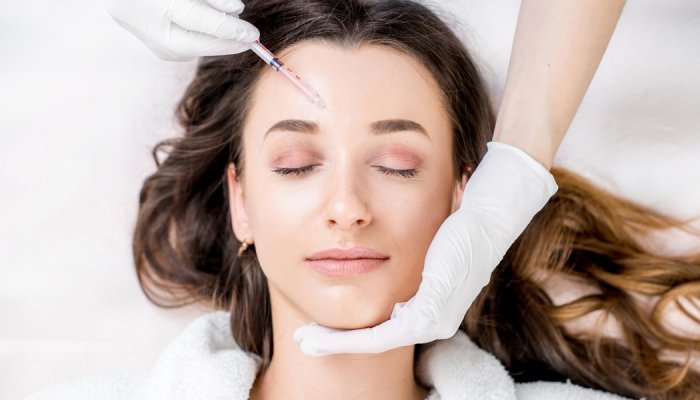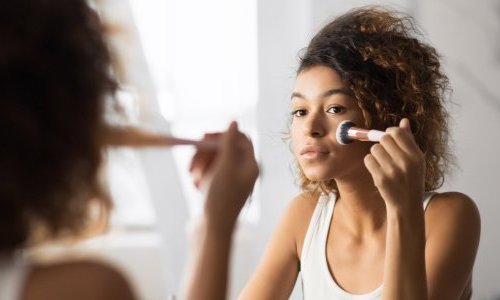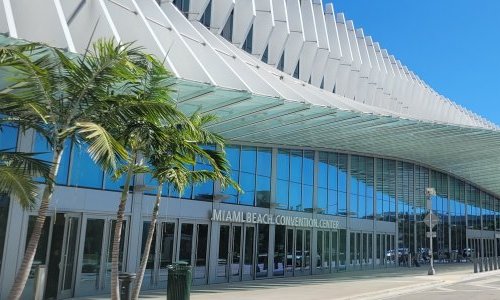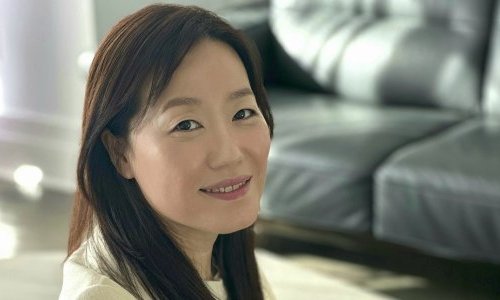Every year the American Academy of Facial Plastic and Reconstructive Surgery (AAFPRS) pulls back the curtain on the latest trends in cosmetic medicine and surgery. With more than 2,200 members — facial plastic and reconstructive surgeons — the academy took the pulse on what might be driving patients to get particular procedures. After having embraced injections in order to be able to put forth more wrinkle-free faces during video-conferences, patients of all genders are now keen on touching up their faces with the goal of taking beautiful selfies.
Patients under the age of 30 are on the rise
Similar to 2021, the number of cosmetic treatments and facial plastic surgery procedures carried out increased in 2022 across all age categories. According to the report, 58% of AAFPRS members reported a rise in bookings and treatments over the past year, with more than three-quarters reporting an increase of more than 10% in demand for these types of procedures.
Practitioners surveyed reported that for 16 of the 18 procedures surveyed, with the exception of hair transplants and otoplasty (surgery to diminish ear prominence), most of their patients were women.
Another finding is that patients are now increasingly turning to non-invasive procedures, in 82% of cases, and more specifically to neurotoxin injections, such as Botox, dermal fillers, and topical products, such as chemical peels. Preventing or fighting the signs of aging is a priority for patients. When it comes to surgical procedures, facelifts, blepharoplasties (which removes excess skin above the eyelid to avoid the hooded look) and rhinoplasties are the most popular. Rhinoplasty remains the most requested surgical procedure for patients under the age of 34.
While the term ’Snapchat dysmorphia’ is often used to explain the boom in certain treatments among younger generations, it’s not backed up by the data. "Gen Z’s influence in the aesthetic marketplace is not yet generating leaps in facial plastic surgery procedure numbers (and that’s probably a good thing)," the report’s authors say.
Still, nearly three-quarters of the plastic surgeons surveyed cite an increase in the number of patients under the age of 30 for cosmetic surgery procedures and injectables. However, these are essentially preventive procedures to avoid the need for more extensive procedures in the future. It’s for the age group of 35- 55 that "surgical procedure activity sees significant increase," according to this year’s survey.
Is selfie the new way to measure beauty?
"In 2022, our members continued to see the impact of the ’Zoom Boom,’ with 79% of respondents naming the ’Zoom Effect’ as a major contributing factor in patients’ desire to seek treatment," says Theda Kontis, MD, president of AAFPRS. However, the increase in procedures is also due to an unexpected factor. Dr. Kontis points to the money saved during the pandemic, which is now being used to pay for cosmetic procedures.
In addition to the ’Zoom Boom,’ selfie culture is also believed to be at the origin of the increase of certain treatments and procedures. More than three quarters of facial plastic surgeons say that looking better in selfies is clearly a growing trend. A finding that has benefited the upper lip lift, performed by at least 73% of AAFPRS members, up 3% from 2021. But also to blepharoplasty, designed to correct drooping eyelids, which is the second most requested procedure in 2022, just behind rhinoplasty.
The fashion and beauty revival of the 1990s and 2000s is also having an impact on the choice of certain aesthetic procedures. The craze for refined and sculpted features, prominent cheekbones, and angular faces has boosted the demand for ’buccal fat removal,’ which consists in removing or reducing the Bichat’s fat pads, located in the center of the cheek. No less than 15% of the surgeons surveyed reported an increase in this procedure which is definitive. It’s a trend that is in contrast to what many surgeons are used to performing as they have long been injecting fat in this area to allow middle-aged women to have fuller cheeks.
"Buccal fat surgery is not reversible–so while you may love the look in your 20s and 30s, as you age, your face naturally loses fat, and therefore volume," warns Dr Kontis.





























